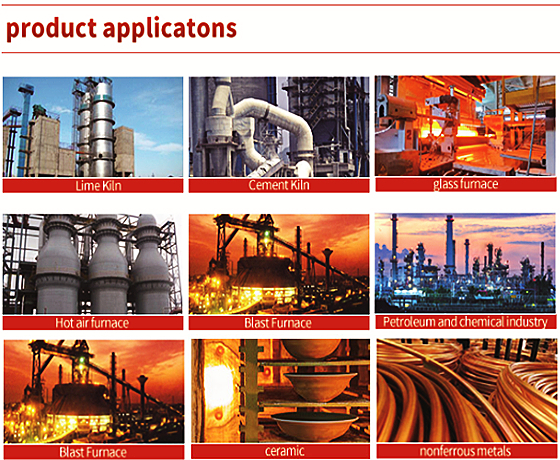




When the discarded aluminum UBC are collected in large quantity, they can be remelted in a recycling facility and reformed into another aluminum beverage can or used to make new aluminum products.
But before melting, it is necessary to remove the paint on the aluminum UBC cans in a Aluminum UBC Cans Paint Decoating Furnace .
Aluminum can recycling production line: aluminum product recycling
In daily life, aluminum cans are common packaging containers for beverages such as beverages and beer, and the consumption is huge. The resulting waste aluminum cans have also become an important recyclable resource. The aluminum can recycling production line is specially designed for this type of thin metal products, which can efficiently realize the recycling and reuse of aluminum cans, saving resources and protecting the environment.

1. Workflow
The workflow of the aluminum can recycling production line revolves around the characteristics of aluminum cans, which is accurate and efficient. First, the recycled aluminum cans enter the pre-treatment link through the conveyor belt, and the mixed plastic caps, label papers, impurities and other foreign objects are removed by manual or automatic sorting equipment to ensure the purity of subsequent processing. Then, the aluminum cans are sent to a special shredder and torn into small pieces through shearing. While reducing the volume, it can also make some labels and other attachments fall off. The shredded aluminum can fragments enter the cleaning machine, and with the help of high-pressure water flow and an appropriate amount of cleaning agent, the surface oil, sugar and other stains are thoroughly removed to prepare for subsequent smelting and other processes. After the aluminum can fragments are washed, they are treated by dehydration equipment and transported to the dryer for drying to remove moisture. Finally, the dried aluminum can fragments can be directly sent to the smelting furnace to be melted into aluminum ingots, or further processed into other aluminum product raw materials according to demand.


2. Core equipment
1. Sorting equipment: including manual sorting tables and automatic sorting devices. The manual sorting table allows workers to quickly pick out obvious non-aluminum impurities in aluminum cans; the automatic sorting device uses optical recognition, color recognition and other technologies to accurately separate aluminum cans from other mixed metal or non-metal items, improving sorting efficiency and accuracy.
2. Special shredder: designed for the characteristics of aluminum cans that are thin and easy to deform, with suitable tool gap and speed. It can evenly tear aluminum cans into pieces of appropriate size, avoid aluminum material loss caused by excessive crushing, and effectively separate the label paper on the surface of aluminum cans.

III. Performance highlights
High-purity recovery: Through strict sorting, cleaning and other links, impurities in aluminum cans can be effectively removed, so that the purity of recycled aluminum materials can reach more than 95%, meeting the raw material requirements for the production of high-quality aluminum products.
Low-energy operation: Each equipment on the production line uses energy-saving motors and optimized process flows to reasonably control energy consumption in the shredding, cleaning, drying and other links. For example, the recycling of cleaning water greatly reduces water resource consumption, and the heat recovery device of the dryer improves energy utilization.
High degree of automation: Equipped with advanced control systems, it can realize automated operations from feeding to finished product output. Operators can monitor the operating status of each device through the console, set relevant parameters, reduce manual intervention, improve production efficiency, and reduce labor intensity.
Environmental protection: The production line is equipped with a complete wastewater and waste gas treatment system. The wastewater generated by cleaning can be recycled or discharged in compliance with standards after treatment; the small amount of waste gas generated during the drying process is purified and then discharged, which meets environmental protection standards and avoids pollution to the environment.
IV. Application value
The application value of the aluminum can recycling production line is significant. From the perspective of resource conservation, recycling 1 ton of scrap aluminum can save about 9 tons of bauxite and reduce a lot of energy consumption. Compared with extracting aluminum from bauxite and producing the same amount of aluminum, recycling aluminum cans can save more than 90% of energy. In terms of economic benefits, the cost of aluminum can recycling raw materials is relatively low, and the market demand for aluminum materials processed by the production line is stable, which can bring considerable economic benefits to recycling companies. From an environmental protection perspective, it reduces the occupation and pollution of the environment by discarded aluminum cans, reduces carbon emissions in the aluminum production process, and promotes green and low-carbon development.
The aluminum can recycling production line turns a large number of discarded aluminum cans into treasures, realizing the recycling of resources. At a time when green consumption and sustainable development are advocated, it provides reliable equipment support for the efficient recycling of aluminum resources, and has broad market prospects and important social value.






